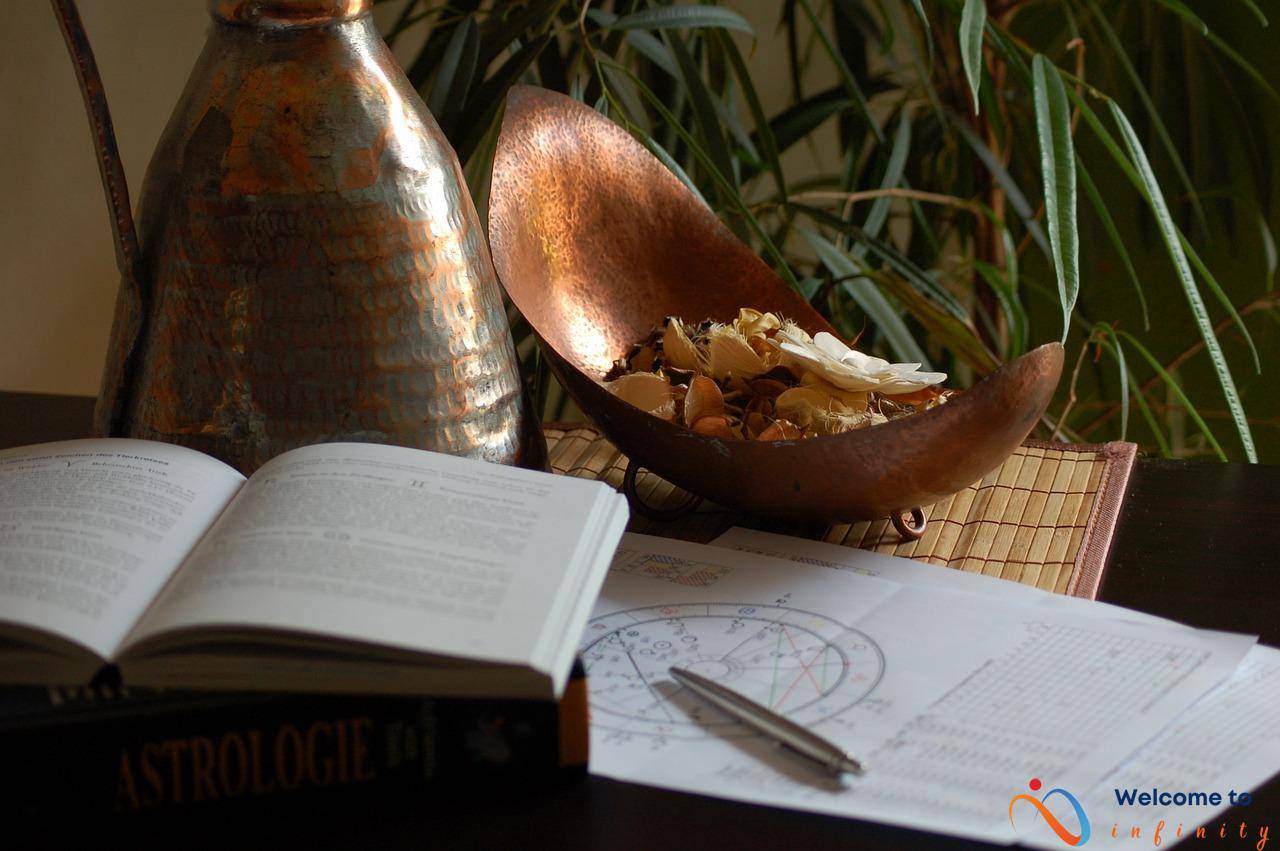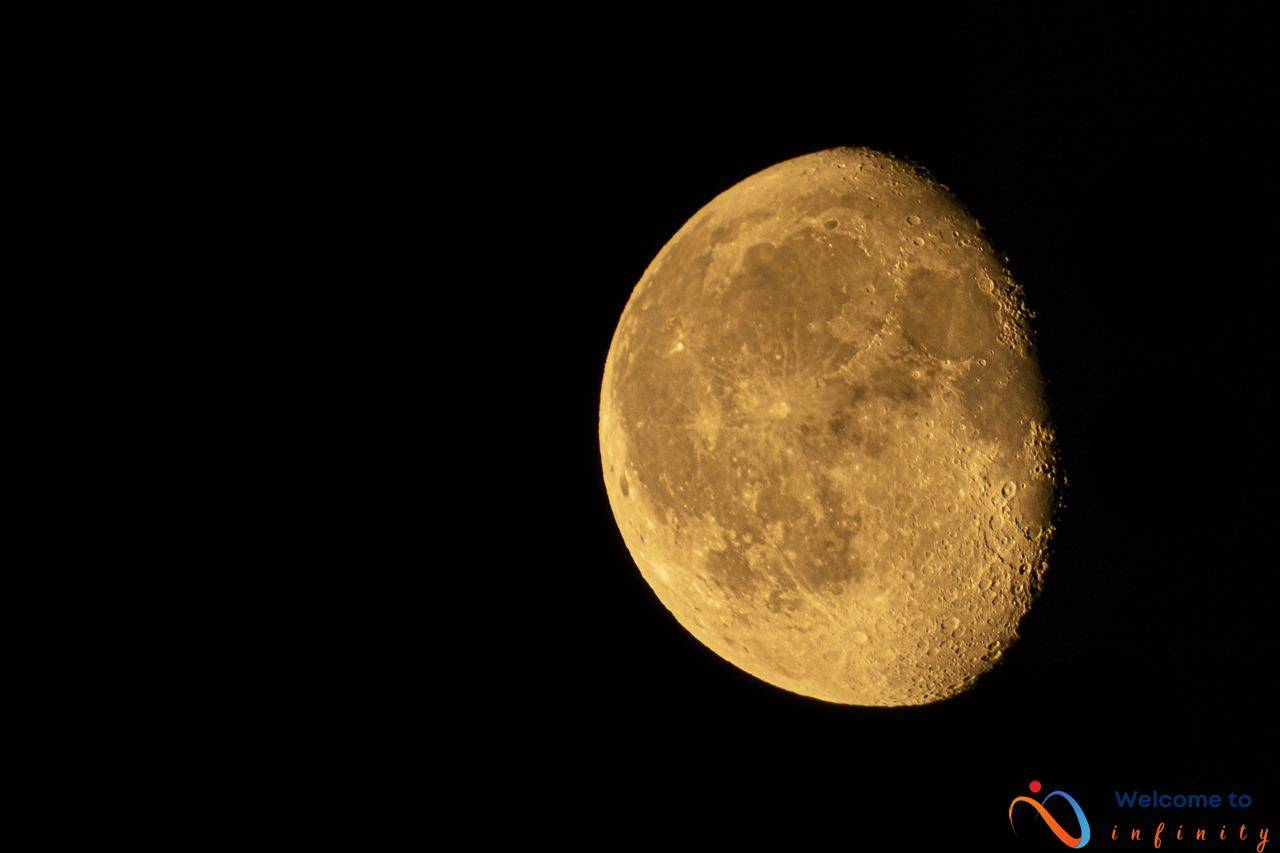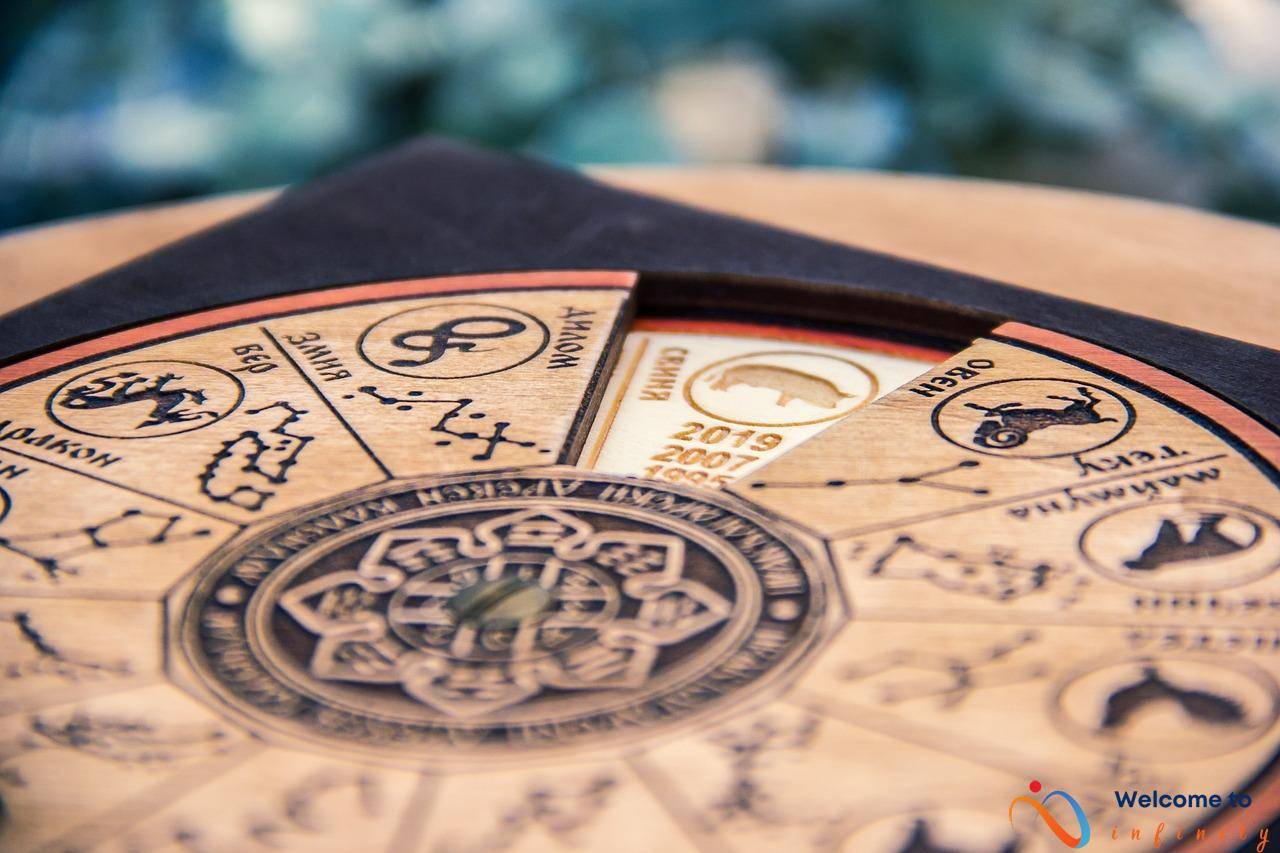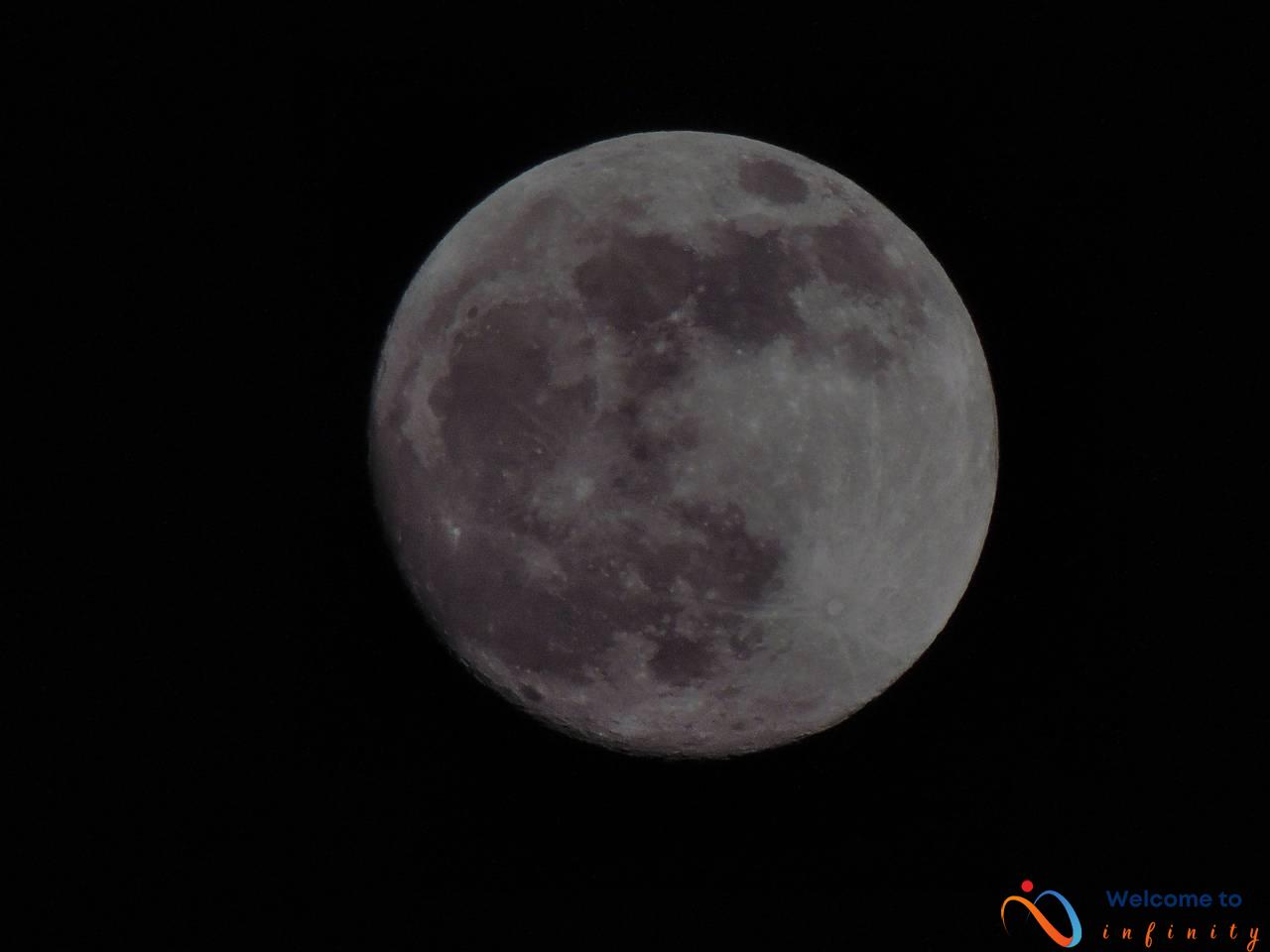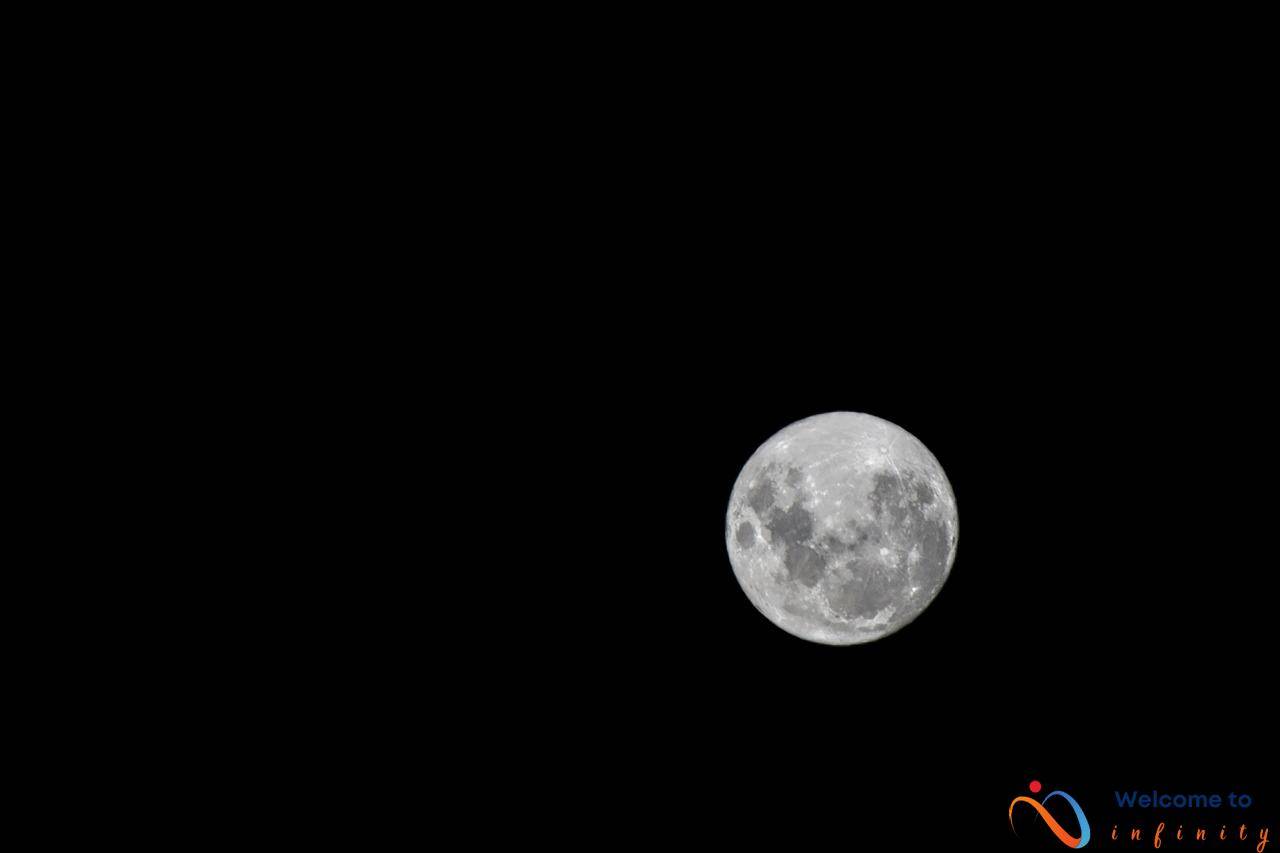The solar system we live in is full of fascinating celestial bodies, and planets are one of the most exciting ones. Some planets move faster than others, and this article will explore the fastest planets that orbit around the sun. The speed of these planets is determined by various factors such as distance from the sun, mass, gravity, and shape. As we explore each one, we will discover what makes them unique and surprisingly speedy.
Mercury is the closest planet to the sun, and it takes just 88 Earth days to complete one orbit around it. This fact makes Mercury the fastest planet in our solar system. Venus, despite its slow rotation, has a relatively short orbit of 225 Earth days, making it the second fastest planet in our solar system.
When it comes to Mars, it moves faster than Earth and takes 687 Earth days to complete one orbit around the sun. Mars also has two moons, Phobos and Deimos. Phobos is the fastest natural satellite in the solar system, orbiting Mars in just 7 hours and 39 minutes, while Deimos takes just 30 hours to complete one orbit around Mars.
- Jupiter is the largest planet in the solar system, but it is surprisingly fast and takes just 4,332 Earth days to complete one orbit around the sun, making it the fourth fastest planet.
- Io, one of Jupiter's moons, is the fastest natural satellite in the solar system, orbiting Jupiter in just 42.5 hours.
In contrast, Saturn takes 10,759 Earth days to complete one orbit around the sun, making it one of the slowest planets in our solar system. Uranus has a long orbit of 30,687 Earth days, taking almost 84 Earth years to orbit the sun. It is the second-slowest planet in the solar system. Neptune takes 60,190 Earth days to complete one orbit around the sun, making it the slowest planet in our solar system.
Overall, it's fascinating to note that different planets move at different speeds and have unique characteristics. While some planets zip around the sun in a matter of days, others take decades to complete a single orbit. The next time you gaze up at the night sky, remember that each planet in our solar system has its own story to tell and its own surprises to uncover.
Mercury
Mercury, the smallest and closest planet to the sun, zips around the sun at an astonishing speed, completing one orbit in just 88 Earth days. With an average distance of only 36 million miles from the sun, Mercury gets bombarded with solar radiation and heat, causing it to rotate on its axis slowly. However, despite its slow rotation, it moves around the sun faster than any other planet.
Mercury's elongated orbit makes it difficult to observe from the Earth as it never strays more than 28 degrees from the sun. The planet's close proximity to the sun makes it a challenging planet to study, but scientists have still managed to send two missions to Mercury, including NASA's Messenger spacecraft, which orbited Mercury in 2011-2015, and BepiColombo, a joint mission by the European space Agency and the Japan Aerospace Exploration Agency, which is on the way to Mercury, set to arrive in 2025.
Moreover, Mercury's small size means that it has a low gravity, making it easy to exit its gravitational pull. It has no atmosphere or magnetic field, resulting in vast temperature differences between its hot side, which can heat up to over 800 degrees Fahrenheit and its cold side, which can plummet to -290 degrees Fahrenheit. Mercury's surface is filled with craters, mountains, and plains, which provide insights into its geologic history and formation.
Venus
Venus, named after the Roman goddess of love and beauty, is the second closest planet to the Sun. It is also known as the Earth's sister planet due to its similar size, gravity, and composition. Although Venus rotates very slowly, its orbit around the Sun is relatively short, taking only 225 Earth days to complete one cycle. This makes Venus the second fastest planet in the solar system, following closely behind Mercury.
The thick atmosphere of Venus consists mainly of carbon dioxide and nitrogen gas, which creates a strong greenhouse effect that traps heat and maintains its temperature at an average of 462°C. This makes Venus the hottest planet in the solar system with surface temperatures hot enough to melt lead. Because of its thick clouds, Venus reflects about 70% of the sunlight that reaches it, making it one of the brightest objects in the night sky.
Even though Venus is the second fastest planet in the solar system, it rotates slowly in the opposite direction to most planets, including Earth. It takes Venus 243 Earth days to complete one rotation on its axis, which means it takes longer for Venus to complete one day than it does to orbit the Sun. Venus also has a very unusual pattern of movement called retrograde rotation, which means it rotates in the opposite direction to its orbit around the Sun.
Mars
Mars, the fourth planet from the sun and the second smallest planet in our solar system, moves faster than Earth, taking only 687 Earth days to complete one orbit around the sun. This amazing speed is due to its location in the solar system and its distance from the sun. Mars is farther from the sun than Earth, which means its orbit is longer. However, Mars also has a faster orbital speed, enabling it to complete its orbit in less time than Earth.
It is important to note that while Mars may move faster than Earth, it is not the fastest planet in the solar system. In fact, Mars comes in third after Mercury and Venus, which orbits the sun at a speed of 47.87 km/s and 35.02 km/s respectively.
In addition to its speedy orbit, Mars is also home to two natural satellites, Phobos and Deimos, which also move relatively quickly in their orbits around the planet. Of the two, Phobos is the fastest, completing its orbit in just 7 hours and 39 minutes, making it the fastest natural satellite in the solar system. Deimos, on the other hand, takes just 30 hours to orbit Mars
In conclusion, Mars may not be the fastest planet in our solar system, but it moves faster than Earth, taking only 687 Earth days to complete one orbit around the sun. In addition, it is home to some of the fastest natural satellites, Phobos and Deimos, which add to its overall speed and make it an interesting planet to study.
Phobos
Phobos is a small, irregularly shaped moon that orbits Mars and holds the title of the fastest natural satellite in the solar system. It circles Mars extremely quickly, completing one orbit in just 7 hours and 39 minutes. To compare, our moon takes about 27.3 days to orbit the Earth.
Phobos's breakneck speed can be attributed to its extremely close orbit to Mars. It orbits just 3,700 miles above the surface of the planet, making it the closest moon to its host planet in the solar system. Its orbit is so close that Mars' gravity is strong enough to induce tidal forces that are gradually causing Phobos to lose altitude. Over time, this will lead to its eventual destruction, likely in the form of disintegration into a ring around Mars.
Phobos is an interesting object for scientists to study due to its close proximity to Mars, and multiple missions have been sent to explore it. One such mission, the Mars Reconnaissance Orbiter, has captured detailed images of Phobos, which has helped us gain a better understanding of its surface features.
- Phobos is covered in craters, some of which are very large and deep.
- It has long, prominent grooves on its surface, indicating that it may be experiencing stresses caused by tidal forces from Mars.
- Phobos has a very low density, suggesting that it is not solid throughout and is likely a porous, rubble-pile object.
Overall, Phobos is a fascinating moon that defies expectations with its incredible speed and proximity to Mars. As we continue to explore the Red Planet and its surroundings, we are sure to learn more about this intriguing object.
Deimos
Deimos, one of the two moons of Mars, is also a fast-moving celestial body in our solar system. With an orbital period of just 30 hours, Deimos takes less than two Earth days to complete one orbit around Mars, making it the second-fastest natural satellite in our solar system after Phobos.
Despite being smaller than Phobos, Deimos is still an important object of study for astronomers researching the Martian system. Its irregular shape and composition have led scientists to believe that it may have been a captured asteroid, rather than a moon formed from the debris of a Martian impact event.
Due to its small size and proximity to Mars, Deimos is also an interesting target for future exploration missions. Its low gravity and fast orbital period could make it a suitable location for a space station or refueling base for future manned missions to Mars and beyond. Perhaps one day, humans will walk on the surface of Deimos and marvel at the speed at which it moves through the Martian sky.
Jupiter
Jupiter, the fifth planet from the sun and the largest planet in our solar system, takes only 4,332 Earth days to complete one orbit around the sun. This relatively short orbit makes it the fourth fastest planet in our solar system, after Mercury, Venus, and Mars.
Despite its size, Jupiter's impressive speed is due to its immense gravitational pull, which causes it to move faster through space. In fact, its gravity is so strong that it has the ability to deflect asteroids and other celestial objects that come too close to its orbit.
Jupiter's fast orbit also has an interesting effect on time. Due to its immense gravity, time moves slower on the planet than it does on Earth. For every hour that passes on Jupiter, almost 3 hours pass on Earth. This time dilation effect is not only fascinating but has important implications for our understanding of the universe.
- In addition to being one of the fastest planets in our solar system, Jupiter is also home to the fastest natural satellite, Io. Io orbits Jupiter in just 42.5 hours, completing 4 orbits for every one orbit of Jupiter. Its fast orbit is due to the powerful gravitational pull of Jupiter, which causes tidal forces that heat up the moon's interior and drive its volcanic activity.
- Despite its speed and size, Jupiter is not the closest planet to the sun. That honor goes to Mercury, which has the shortest orbit of just 88 Earth days.
In conclusion, Jupiter's relatively short orbit of 4,332 Earth days makes it one of the fastest planets in our solar system. Its size and immense gravitational pull contribute to its impressive speed, and its orbit has intriguing effects on time and the universe as a whole.
Io
Jupiter, the largest planet in our solar system, has a total of 79 moons orbiting around it, but Io is the most peculiar of them all. Io is the fourth-largest moon of Jupiter and the fastest natural satellite in the solar system. It orbits around Jupiter in just 42.5 hours, despite being more than 800,000 miles away from it. So what makes Io unique and speeds up its orbit?
The answer lies in the volcanic activity on Io's surface. Io is the most active volcanic object in our solar system and has over 400 active volcanoes. These volcanic eruptions cause sulfur dioxide gas to escape into space, which forms a large, donut-shaped cloud around Jupiter. The gas cloud, along with the magnetic field of Jupiter, interact with Io's orbit, creating a frictional force that acts to speed up its rotation.
Io's volcanic activity not only makes it the fastest natural satellite, but it also gives it a unique appearance. The moon has brightly colored patches across its surface, including reds, oranges, yellows, and whites, which are caused by the different types of volcanic activity. Its surface is also covered in sulfur compounds, which give it a pungent smell.
The extreme volcanic activity on Io makes it an object of fascination for scientists studying our solar system, and it continues to provide new insights into the geological processes that shape our universe.
Saturn
Saturn is the sixth planet from the sun and the second-largest planet in the solar system after Jupiter. One unique feature of this planet is its system of planetary rings, which makes it the most recognizable planet after Jupiter. Although it is majestic, Saturn is one of the slowest planets in our solar system, taking 10,759 Earth days to complete one orbit around the sun.
Despite its slow orbit, Saturn is famous for its beauty and distinctive features. Its system of icy rings made up of rock particles, ice, dust, and other debris continues to amaze astronomers. The rings are over 270,000 kilometers wide and yet only a few kilometers thick. Also, Saturn's atmosphere contains hydrogen and helium, with traces of ammonia, methane, and other hydrocarbons. Its unique feature is its storm at the North Pole, shaped like a hexagon and initially discovered by the Voyager spacecraft in the early 1980s.
Saturn has 82 confirmed moons, the largest being Titan. Titan is the second-largest moon in the solar system, behind Jupiter's Ganymede, and is the only moon with a dense atmosphere composed mainly of nitrogen and methane. The moons of Saturn are diverse, with some composed primarily of water ice, and some even having atmospheres themselves.
In conclusion, although Saturn is one of the slowest planets in our solar system, its unique beauty, stunning rings, and diverse moons continue to fascinate scientists and space enthusiasts. Its hexagonal-shaped storm and the moon Titan, with its significant atmosphere, are only a few of the things that make this planet extraordinary. Despite its slow motion, Saturn is undoubtedly one of the most visually captivating planets in our solar system.
Uranus
While Uranus may not be the fastest planet in our solar system, it is still an intriguing celestial body. With a long orbit of 30,687 Earth days, it takes almost 84 Earth years for Uranus to complete just one orbit around the sun. This means that a person's entire lifetime is not even a blip in Uranus' journey around our star.
Uranus is also unique in that its axis of rotation is tilted at an extreme angle of 98 degrees. This means that the planet essentially rolls along its orbit, leading to some interesting weather patterns. The planet experiences long periods of sunlight and darkness, resulting in extreme temperature variations.
- Uranus is also known for its stunning icy blue color, caused by the presence of methane in its atmosphere.
- The planet has 27 known moons, the largest of which is named Titania.
- Uranus also has a mysterious ring system, discovered in 1977.
Despite being the second-slowest planet in our solar system, Uranus is still a fascinating object of study. Its unique characteristics make it unlike any other planet, and its long orbit provides insight into the vastness of our universe.
Neptune
Neptune may be the farthest planet from the sun, but it's also the slowest. It takes approximately 165 years for Neptune to complete one orbit around the sun, with one year on Neptune being equivalent to 60,190 Earth days. This long orbit is due to Neptune's distance from the sun. It is nearly 4.5 billion kilometers away from the sun and takes approximately 4 hours for sunlight to reach Neptune.
Neptune is also known for its extreme weather conditions, including high-speed winds and massive storms. The winds on Neptune can reach speeds of up to 2,500 kilometers per hour, making them the fastest in the solar system. Its storms, including the famous Great Dark Spot, can last for several years and are larger than the Earth itself.
Despite being the slowest planet, Neptune has some fascinating moons, including Triton, which is the seventh-largest moon in the solar system. Triton's orbit is opposite to Neptune's rotation, which is highly unusual and has led astronomers to believe that it may have been captured by Neptune's gravitational pull from another area of the solar system. Neptune also has 13 other known moons, each with its own unique characteristics.
Overall, while Neptune may not be the fastest planet in our solar system, it is certainly one of the most interesting and mysterious. Its distance from the sun, extreme weather, and unique moons make it an exciting area of study for astronomers and space enthusiasts alike.







